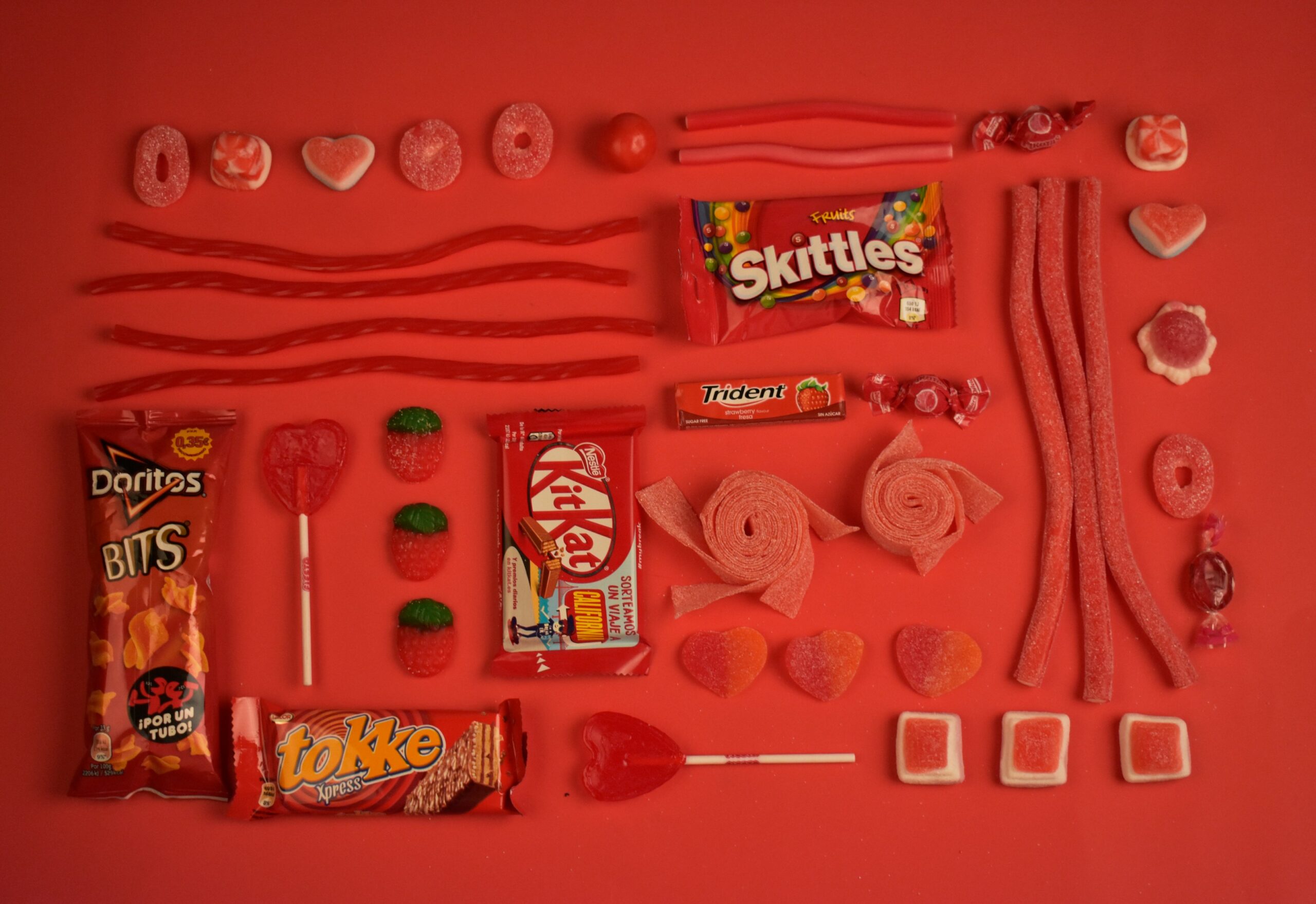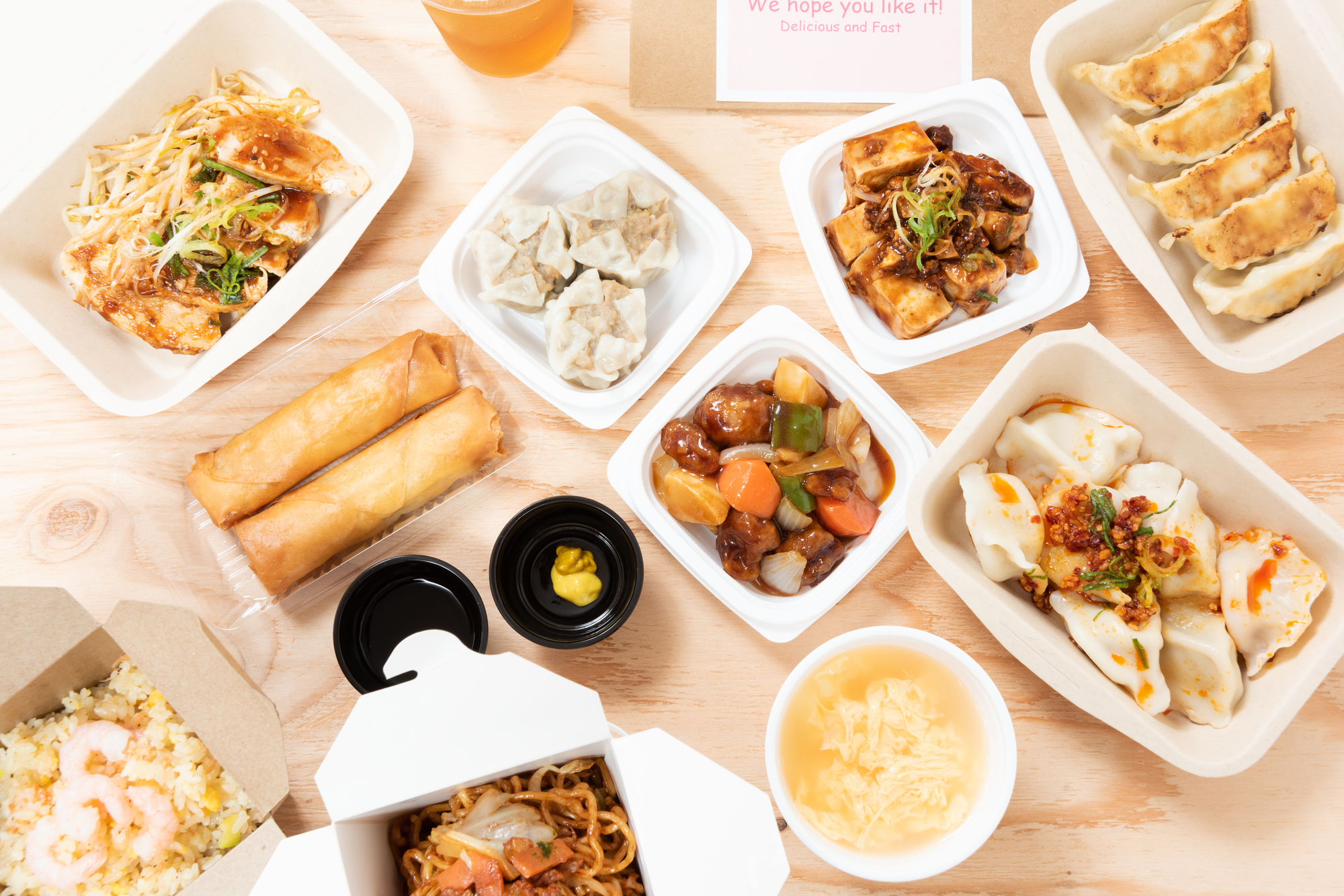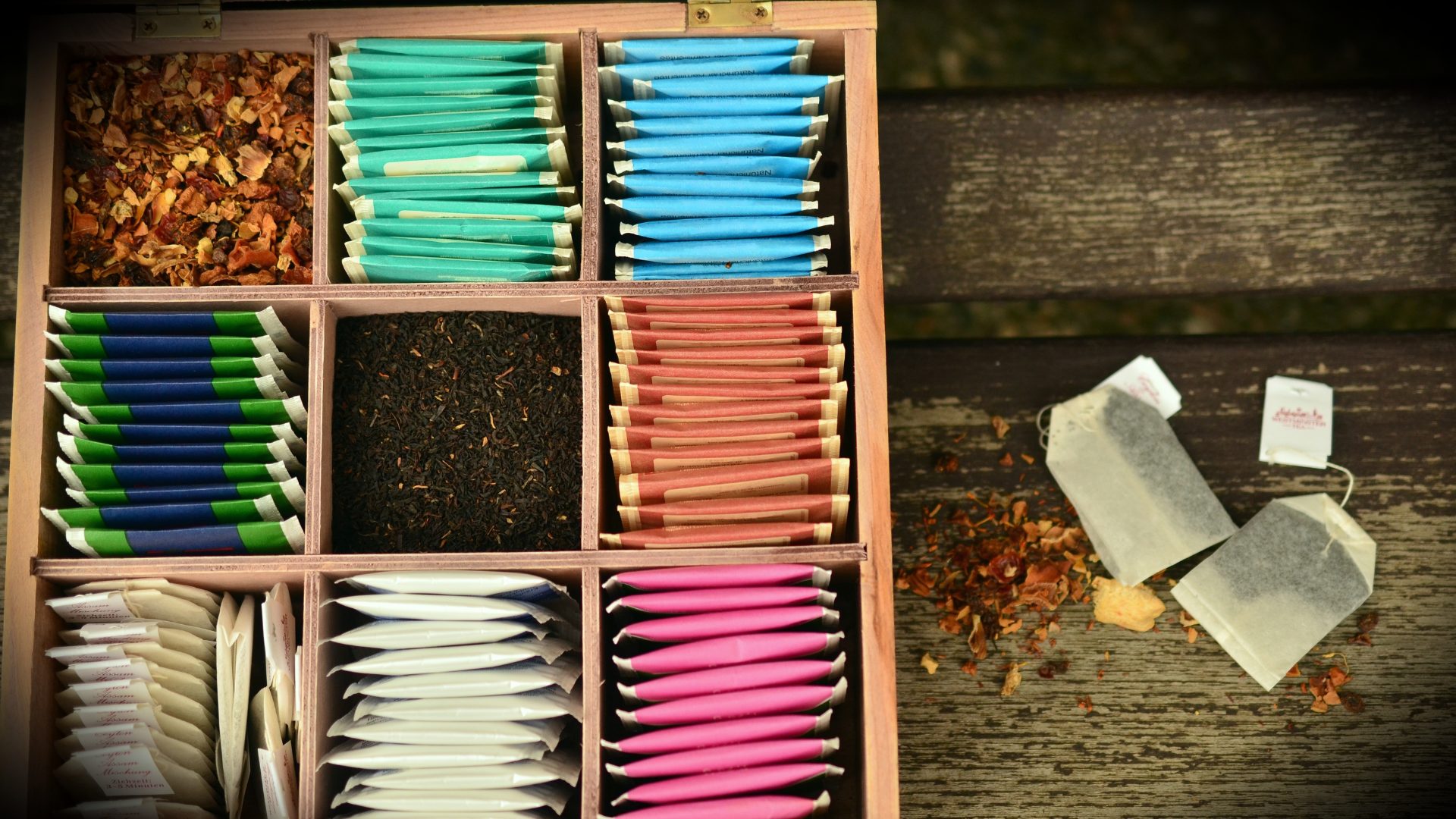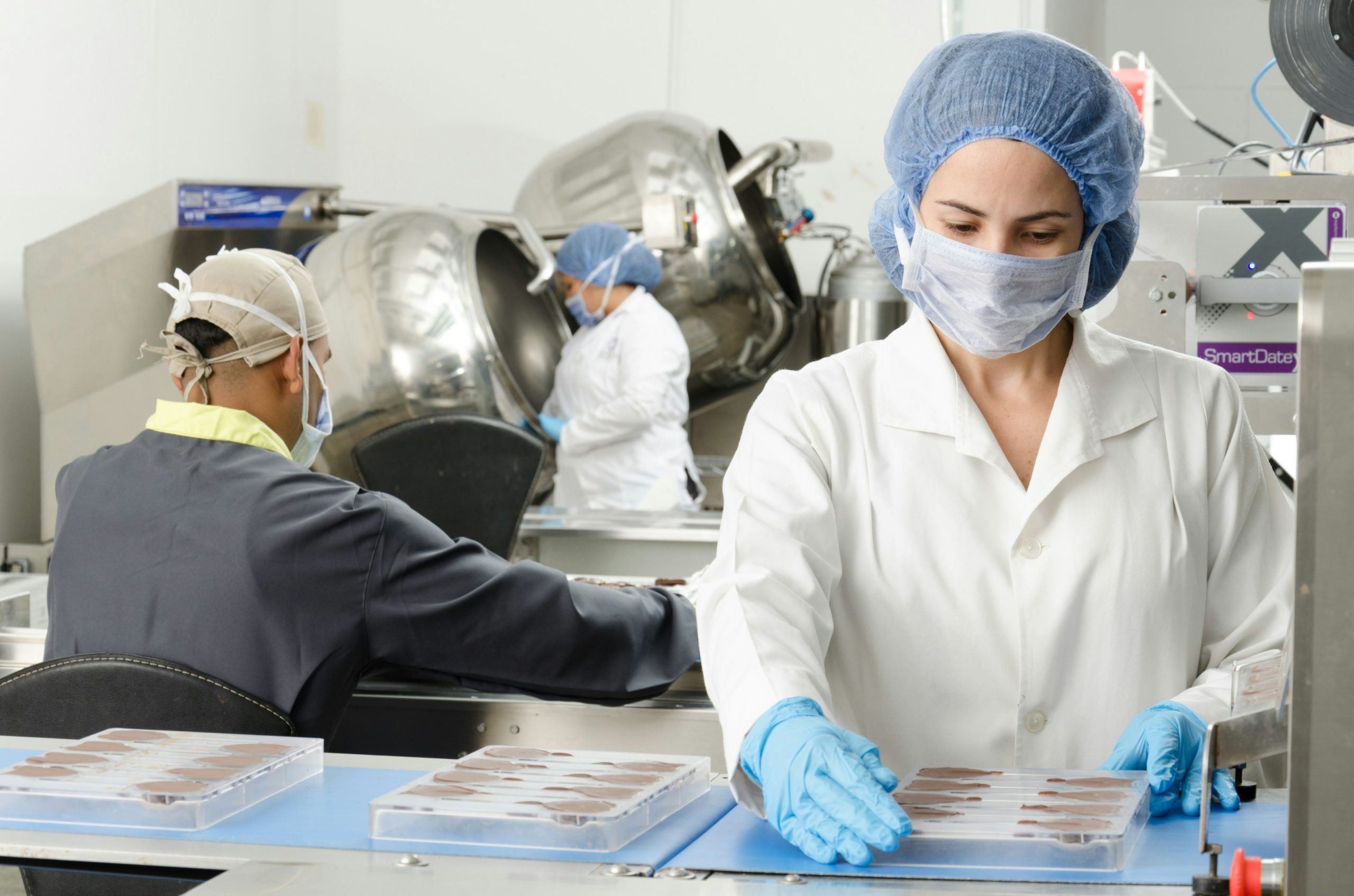New regulations in artificial food dyes are presenting a challenge to many food manufacturers. Recently, Froot Loops announced it would keep its artificial colors while Pop-Tarts will ditch theirs, according to multiple reports.
Which move is the right business decision? Are artificial dyes antiquated and, thus, on the way out? The Food Institute examined the issue by gleaning insight from experts.
What’s the harm with artificial dye?
Certain food dyes, including Red No. 3 and Red No. 40, have been linked to cancer, neurobehavioral issues and hyperactivity, according to Bloomberg. Red. No. 3 was banned last year in California and is prohibited from most uses in Europe already. There’s now a proposed bill in California that would ban seven more dyes due to their health risks.
What are food manufacturers doing about it?
It varies. Kellanova, which makes Pop-Tarts and Rice Krispies, is currently working to replace its artificial additives with natural alternatives, Bloomberg noted. Other companies, such as Kellogg, haven’t felt the need to look for alternatives because they don’t have any legal restrictions yet.
Is a nationwide ban on Red No. 3 on its way?
Dr. Raj Dasgupta, chief medical advisor for Fortune Recommends Health, believes that eventually there will be a U.S. ban of Red No. 3 – but it won’t be straightforward, due to the influence of regulations and legal frameworks.
What’s intriguing is that, over 30 years ago, the Food and Drug Administration told the cosmetics industry that it could no longer use artificial color Red No. 3 because high doses of it had been found to cause cancer in animals. “The same ingredient remains approved for use in food to this day. It’s used in thousands of food products, including candy and drinks,” Dr. Dasgupta says.
Nutritionist Michael O. McKinney at the Healthy Outlook Clinic agrees that a nationwide ban is possible, due to more scientific findings exhibiting potential health hazards associated with synthetic food coloring agents and the rise of consumer preferences for natural constituents.
Should food manufacturers prepare for dye bans now?
Simply put: yes, according to experts.
“Putting money and effort into exploring natural dye options early can put [food companies] ahead of the game regarding future rules. It can also make a company stand out by offering what many consumers want: healthier, eco-friendly products,” Dr. Dasgupta says.
McKinney feels that preparing now will demonstrate food manufacturers’ commitment to healthy living and customer satisfaction and also protect against sudden policy alterations disrupting production lines. This will give food manufacturers what McKinney calls an “early-bird advantage.”
What are ideal alternatives for traditional dyes?
There are plenty of natural alternatives to synthetic dyes that people find attractive in 2024, like beet extract, turmeric, spirulina and carrot juice.
“With consumers increasingly interested in healthier options, these natural choices are gaining popularity,” Dr. Dasgupta says. “And thanks to advancements in food science, they’re getting even better, offering a wider range of colors, stability, and cost-effectiveness compared to synthetic options.”
The Food Institute Podcast
Funding sources are drying up and inflation is making it harder and harder for higher-priced food brands to compete – what’s an early-stage food company to do? Dr. James Richardson, owner of Premium Growth Solutions and author of Ramping Your Brand, joined The Food Institute Podcast to discuss what types of food companies are succeeding under current industry dynamics.










